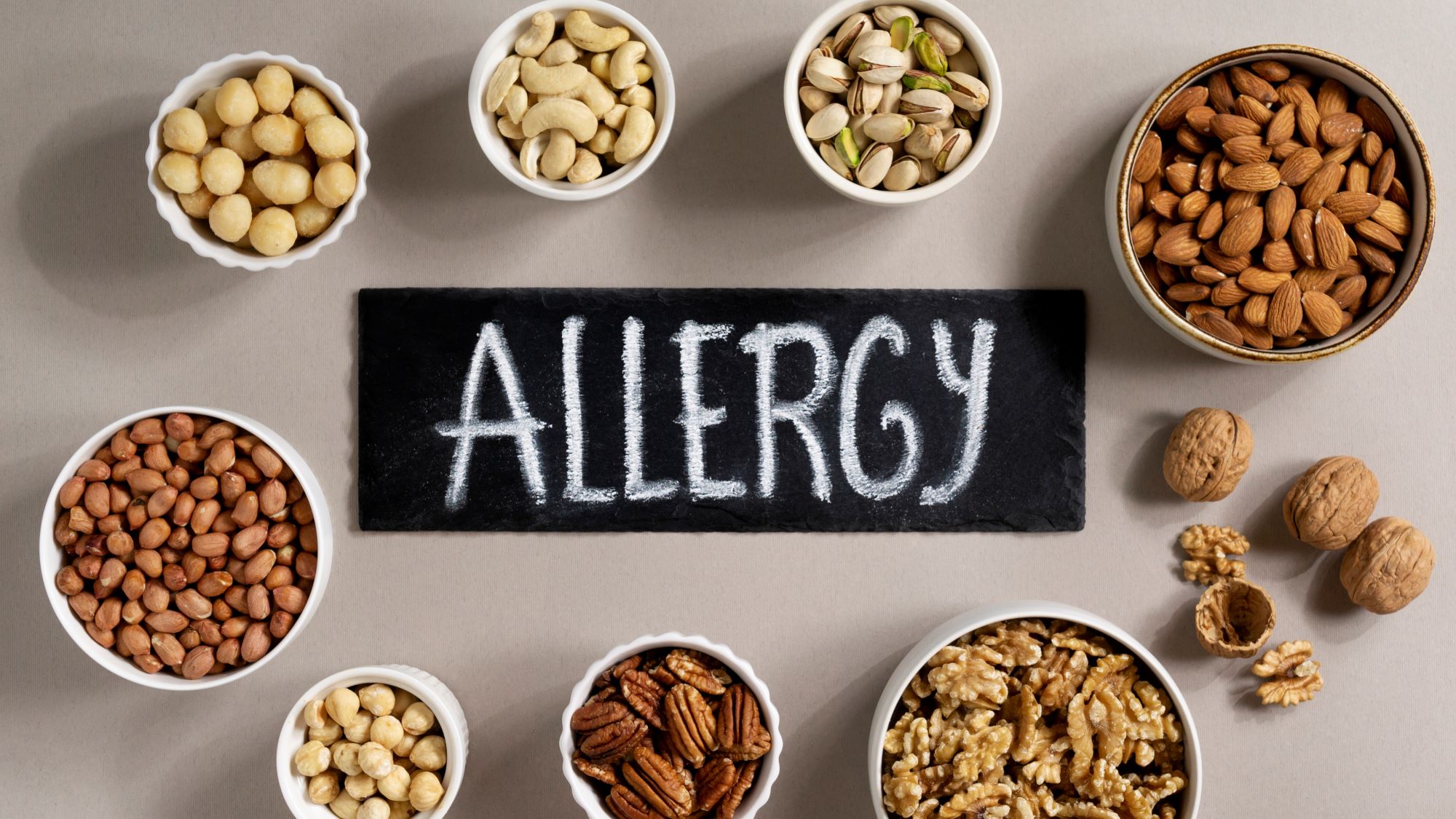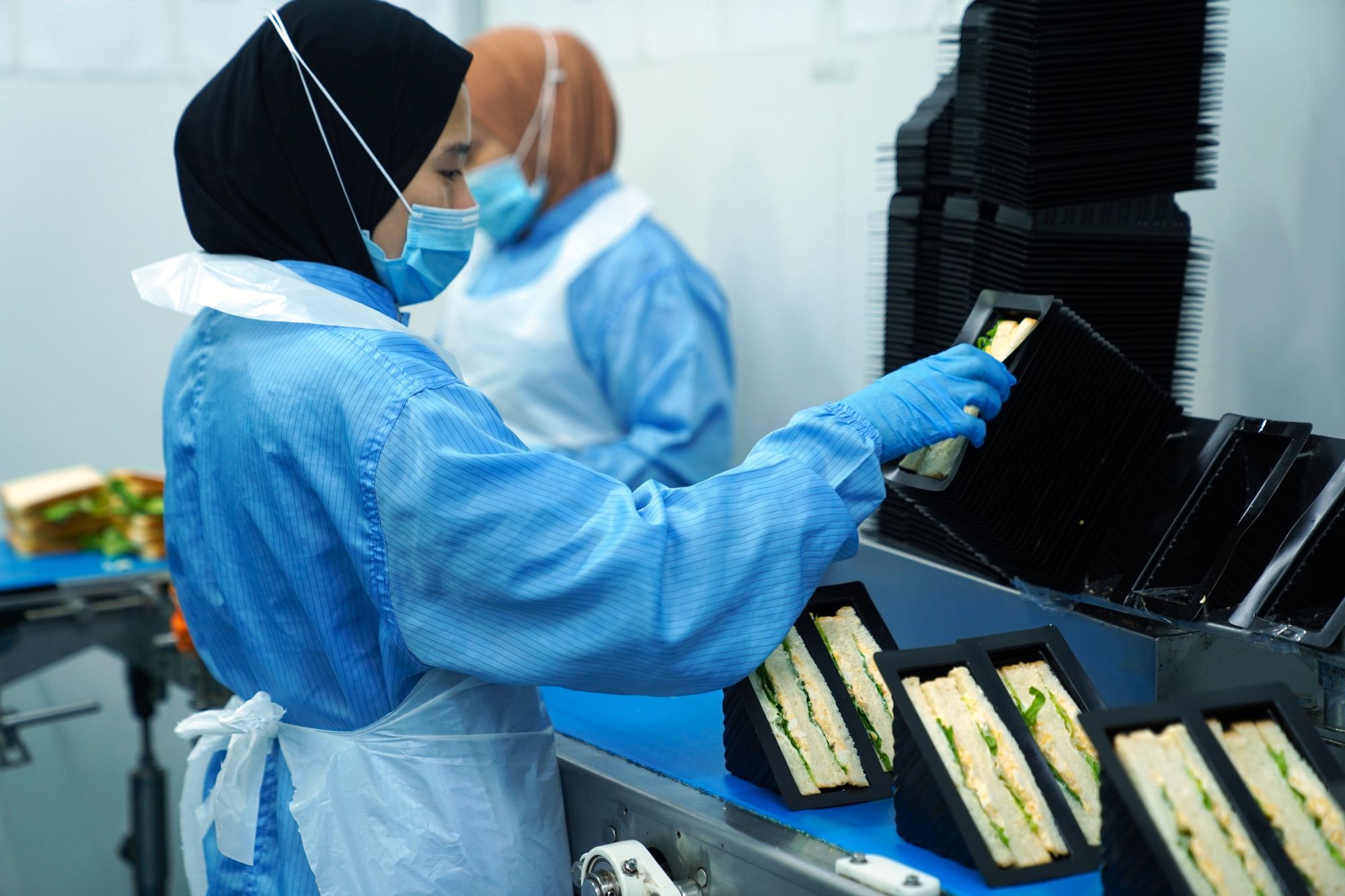In line with this year’s World Food Safety Day theme, “Food Safety: Science in Action,” we’re highlighting how scientific knowledge and practical measures help address key food safety hazards, reduce risks, and maintain product quality across the supply chain.
Food safety systems aren’t just a checklist for those working in the food industry. They represent a company-wide commitment. For Quality Assurance and Quality Control (QA/QC) departments, they play a vital role in protecting both consumers and brand reputation.
Every year, unsafe food causes an estimated 600 million cases of illness and 420,000 deaths worldwide, with children under five bearing 40% of this burden. This shows that food safety is a shared responsibility that extends beyond regulatory compliance5.
There are three types of food safety hazards that every food business should understand: biological, chemical and physical1.
Biological Hazard

Biological hazards in food come from harmful microorganisms such as bacteria, viruses, fungi, and parasites, which can cause serious health issues if food is not handled or cooked properly3. For example, undercooked muffins may contain harmful bacteria if they haven’t reached the correct internal temperature during baking.
A common practice to reduce this risk is maintaining accurate temperature logs to ensure food reaches the right internal temperature, preventing biological hazards and keeping food safe. This applies not only to baked goods but to all food types where internal temperatures must be closely monitored.
This extends to supply chain operations, where optimum storage and handling conditions must be maintained until the product reaches the store or customer. For temperature-sensitive products, it’s essential that the cold chain is not broken throughout distribution process.
This can be supported by systems that monitor and track the product’s journey, including temperature. At DPO International, we utilise our self-developed Delivery Management System (DMS) to ensure these standards are met efficiently.
Chemical Hazard

Chemical hazards include natural toxins and contaminants such as drugs, food additives, pesticides, industrial chemicals, and allergens2. Allergens are one of the key concerns within chemical hazards, as they can trigger severe reactions even in trace amounts.
To manage this risk, it’s essential to segregate ingredients properly and label them clearly. Best practices to reduce chemical hazards include implementing allergen control plans, using colour-coded tools, and maintaining separate preparation zones to prevent cross-contamination.
Regular training on allergen handling and labelling protocols also helps reduce the risk of cross-contact.
Physical Hazard
Physical hazards in food are any foreign objects—also called extraneous matter—that don’t belong in the product and can cause serious harm4.These include items like hair, jewellery, glass, or metal fragments, which may accidentally enter food during preparation or packaging. Such contaminants can lead to choking, mouth injuries, or broken teeth, and can damage consumer trust.
One effective way to reduce this risk is by using proper Personal Protective Equipment (PPE) and hygiene protocols. Best practices include wearing hairnets and gloves, removing jewellery before entering production areas, and assigning hygiene checks before and after production to ensure safety standards are maintained.
In addition, technologies such as metal detectors and X-ray machines play a crucial role in detecting and removing physical contaminants before products reach consumers.
To further strengthen food safety systems, certifications such as HACCP (Hazard Analysis and Critical Control Points), GMP (Good Manufacturing Practices), and Halal certification provide structured frameworks that help ensure measures are properly implemented and consistently maintained.
HACCP focuses on identifying and controlling potential hazards throughout the production process, while GMP ensures that facilities, equipment, and operational practices meet hygiene and quality standards.
Halal certification, on the other hand, not only guarantees compliance with Islamic dietary requirements but also upholds strict hygiene and safety protocols in line with international food safety practices6.
For businesses aiming for higher global standards, certifications like ISO 22000, BRCGS, and FSSC 22000 offer more rigorous frameworks for food safety.
Food safety isn’t just the responsibility of the QA/QC team. It requires the awareness and active involvement of each party in the food supply chain.
From sourcing and production to packaging and delivery, each step in the process plays a role in keeping food safe for consumers. Promoting interdepartmental collaboration and awareness is key to strengthening food safety systems.
At DPO, we are committed to upholding food safety standards through continuous training, routine assessments, and a strong food safety culture. By working together, we aim to minimise risks, protect consumers, and uphold the integrity of our brand.








